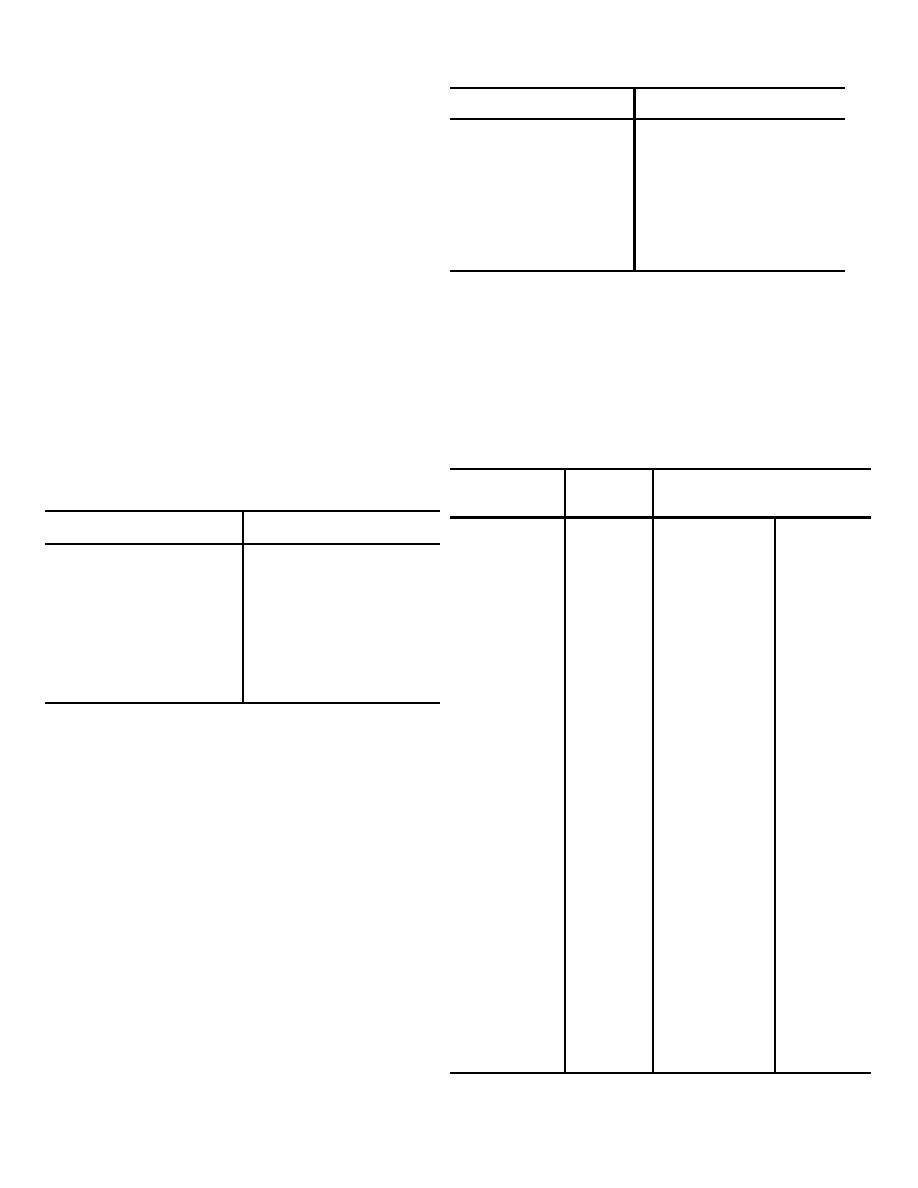 |
|||
|
|
|||
|
Page Title:
Frequency Control Circuits-continued |
|
||
| ||||||||||
|
|  TM 11-5820-509-35
provide isolation that enhances overall frequency
KILOCYCLES indicator
Pulse amplifier Q19 output
stability. Locked oscillator Q4 divides the output of the
reading
frequency (MHz.)
3-MHz oscillator by six times to provide the 500-kHz
XX000 to XX099
1.8
standard signal. Part of this output is routed through
XX100 to XX199
1.7
follower Q7 to locked oscillator Q8 where it is further
XX200 to XX299
1.6
divided by five to obtain the 100-kHz output signal. This
XX300 to XX399
1.5
latter signal is amplified by 100-kHz amplifier Q9 before
XX400 to XX499
1.4
being applied to the 100-kHz pulse generator circuits of
XX500 to XX599
1.3
oscillator control A7. The remaining portion of the
XX600 to XX699
1.2
output from locked oscillator Q4 is amplified by 500-kI]z
XX700 to XX799
1.1
amplifiers Q5 and Q6 before being routed to the
XX800 to X X899
1.0
receiver-transmitter circuits as the 500-kHz standard
XX900 to XX999
0.9
signal. Part of the output of Q5 is converted to 1-M Hz
by frequency doubler Q4 in oscillator control A7. This
limiters Q17, Q18, and Q19. The spurious frequencies
sinousoidal signal is applied to pulse generator Q5-Q6
introduced in the output by this limiting are removed by a
where it is converted to a 1-MHz pulse-train that is
filter and the remaining signal is routed to follower Q24.
subsequently amplified by Q7 before application to
The 1.8- to 0.9 MHz output of Q24 is heterodyned with the
pulse amplifier A19 in signal data translator A3. The
5- to 14-MHz output from follower Q18 in signal data
output circuit of Q19 is a parallel-resonant tuned circuit
translator A6 in diode quad mixer CR10. The difference-
that is selectable in 1-MHz increments between 5- and
frequency that results from this mixing is a single 100-kHz
14-MHz as shown below. Depending upon the selection
frequency between 3.2 and 13.1 MHz as shown in the
made by the frequency control knobs on the front panel
following table. This signal frequency is routed through
of RT-671/PRC-47, one whore megahertz channel in
follower Q25 to diode quad mixer CR11 where it is mixed
this range is made available to the subsequent circuits.
with the hf oscillator output signal that was generated by
A constant amplitude signal is assured by passing this
selected frequency through limiters Q16 and Q17 before
KILOCYCLES
Mixer CR
KILOCYCLES
Mixer CR10
application to follow er Q18.
indicator
output
indicator
output
reading
(MHz.)
reading
(MHz.)
KILOCYCLES indicator
Pulse amplifier Q 19 output
2000 to 2099
3.2
5500 to 5599
6.7
reading
frequency (MHz.)
2100 to 2199
3.3
5600 to 5699
6.8
2000 to 2999
5.0
2200 to 2299
3.4
5700 to 5799
6.9
3000 to 3999
6.0
2300 to 2399
3.5
5800 to 5899
7.0
4000 to 4999
7.0
2400 to 2499
3.6
5900 to 5999
7.1
5000 to 5999
8.0
2500 to 2599
3.7
6000 to 6099
7.2
6000 to 6999
9.0
2600 to 2699
3.8
6100 to 6199
7.3
7000 to 7999
10.0
2700 to 2799
3.9
6200 to 6299
7.4
8000 to 8999
11.0
2800 to 2899
4.0
6300 to 6399
7.5
9000 to 9999
12.0
2900 to 2999
4.1
6400 to 6499
7.6
10000 to 10999
13.0
3000 to 3099
4.2
6500 to 6599
7.7
11000 to 11999
14.0
3100 to 3199
4.3
6600 to 6699
7.8
3200 to 3299
4.4
6700 to 6799
7.9
b. The 100-kHz output of Q9 in radio frequency
3300 to 3399
4.5
6800 to 6899
8.0
oscillator A6 is applied to pulse generator Q1-Q2 in
3400 to 3499
4.6
6900 to 6999
8.1
oscillator control A7. This pulse generator converts the
3500 to 3599
4.7
7000 to 7099
8.2
sinousoidal input into a 100-kHz pulse-train. The output
3600 to 3699
4.8
7100 to 7199
8.3
circuit of pulse amplifier Q3 is a parallel-resonant tuned
3700 to 3799
4.9
7200 to 7299
8.4
circuit that is selectable in 100-kHz increments between
3800 to 3899
5.0
7300 to 7399
8.5
1.8 and 0.9 MHz as shown in the following table.
3900 to 3999
5.1
7400 to 7499
8.6
Depending upon the selection made by the frequency
4000 to 4099
5.2
7500 to 7599
8.7
controls on the front panel of RT-671/PRG-47, one
4100 to 4199
5.3
7600 to 7699
8.8
single 100-kHz frequency is made available to the
4200 to 4299
5.4
7700 to 7799
8.9
subsequent circuits. A constant amplitude signal is
4300 to 4399
5.5
7800 to 7899
9.0
assured by passing this selected frequency through
4400 to 4499
5.6
7900 to 7999
9.1
4500 to 4599
5.7
8000 to 8099
9.2
4600 to 4699
5.8
8100 to 8199
9.3
4700 to 4799
5.9
3200 to 8299
9.4
4800 to 4899
6.0
8300 to 8399
9.5
4900 to 4999
6.1
3400 to 8499
9.6
5000 to 5099
6.2
8500 to 8599
9.7
5100 to 5199
6.3
3600 to 8699
9.8
5200 to 5299
6.4
3700 to 8799
9.9
5300 to 5399
6.5
3800 to 8899
10.0
5400 to 5499
6.6
3900 to 8999
10.1
2-10
|
|
Privacy Statement - Press Release - Copyright Information. - Contact Us |